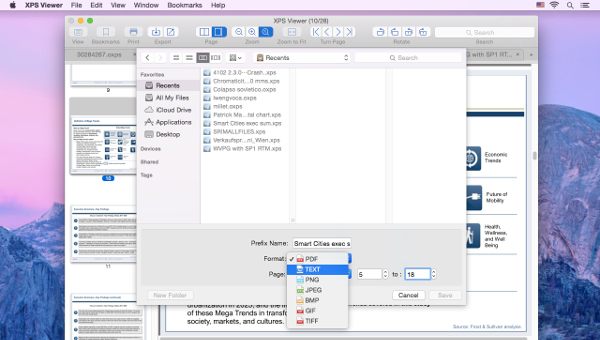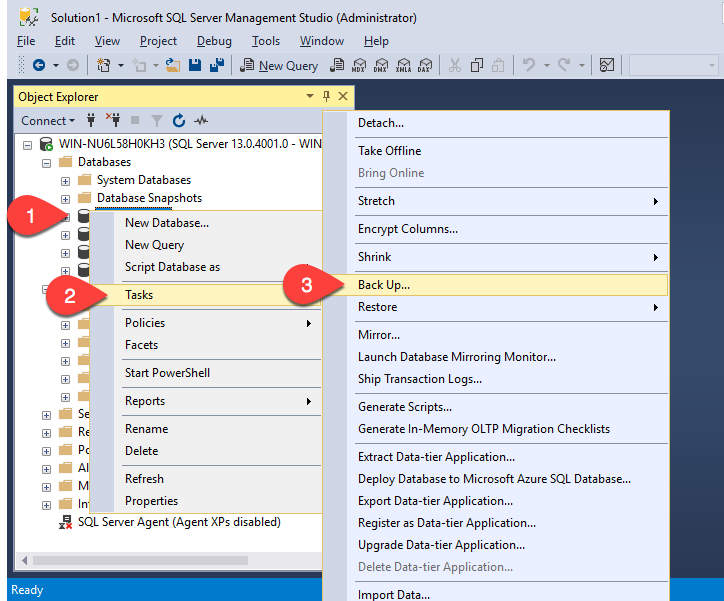Windows 7, Windows 8, and Windows 10 all shipped with a dedicated XPS viewer called, umm, XPS Viewer. Alas, all good things must come to an end. In the April 2018 Update (Build 1803) for Windows 10, Microsoft officially retired the XPS format and removed XPS Viewer. XPS Removal Tool allows you to remove the Microsoft XPS Document Writer (MXDW) print queue and driver package from a Windows 7 or Vista installation.XPS Removal Tool can also uninstall XPS Essentials Pack from Windows XP, Windows Server 2003, 2008. XPS Annotator is an exclusive standalone XPS Viewer (not hosted in Microsoft Internet Explorer), we adding some features including annotations, document properties, digital signatures, XPS converter and sidebar for ease of reading. Main Features: *. This Microsoft Save as PDF or XPS Add-in for 2007 Microsoft Office programs supplements and is subject to the license terms for the 2007 Microsoft Office system software. You may not use this supplement if you do not have a license for the software.
The XPS format is Microsoft’s alternative to PDF. It was introduced in Windows Vista, but never gained much traction. However, modern versions of Windows continue to include better support for XPS files than PDF files.
Once regarded as a possible “PDF killer,” the XPS file format now lives on in Windows seemingly out of sheer inertia. The average person should stay away from XPS files and use PDF files instead.
Note: If you’re using Windows 10, they’ve finally added built-in support for printing to PDF files, so you will hopefully never need to deal with an XPS format file again. Continue reading the following for posterity and use PDF instead of XPS.
What’s an XPS File?
Think of an XPS file like a PDF (or PostScript) file. An XPS file represents a document with a fixed layout, just as a PDF file does. XPS also includes support for other features that you’d find in PDF, like digital signatures and DRM.
RELATED:How to Print to PDF in Windows: 4 Tips and Tricks
XPS is now technically a standardized, open format – it stands for Open XML Paper Specification. XPS is an open format in the same way “Office Open XML” is an open, standardized format for Microsoft Office documents. Other software companies haven’t jumped to include XPS support.
By default, Windows 8 uses the OXPS file extension for XPS files it generates. OXPS stands for OpenXPS – it’s the standardized version of the original XPS format. It’s actually not compatible with the XPS Viewer included with Windows 7, so you have to convert OXPS files to XPS if you want to view them on Windows 7.
In short, an XPS file is Microsoft’s less-compatible version of a PDF file.

XPS Functionality Included With Windows
Windows Vista, Windows 7, and Windows 8 all include built-in XPS tools. Even Windows 8 has better support for XPS files than it does for PDFs.

- Microsoft XPS Document Writer: Microsoft installs a virtual printer named “Microsoft XPS Document Writer.” This printer creates XPS files from documents you print to it. It’s like a “print to PDF” feature, but less useful because it’s not as compatible with other software.
- XPS Viewer: The included XPS Viewer application allows you to view XPS documents on your desktop.
While Windows 8 touts better support for PDFs because of its Modern “Reader” app, you will need a third-party app if you want to view PDF files on the desktop or print to PDF files.
When Should You Use XPS Files?
While XPS was regarded as a possible “PDF killer” when it was included with Windows Vista six years ago, it never became very popular. Even though Windows prods its users into printing to XPS files rather than PDF files by including the XPS Document Writer printer, few users seem to create XPS files.
It’s unclear why you’d actually want to create an XPS file instead of a PDF file, unless you need to print a document to a file and can’t install a PDF printer. Microsoft has certainly not been making a case for XPS files being better than PDF files and has been silent on any reason to use them in recent years. In fact, Windows 8’s inclusion of a PDF viewer can be seen as Microsoft taking a step back, introducing support for a competing document format.
While the advantages of printing to XPS files are unclear, the disadvantages are fairly clear. The world has largely standardized on PDF files, while XPS files remain little-used. If you’re trying to send someone a document, you can bet they’ll be familiar with PDF files and will be able to open it. An XPS file may look unfamiliar and the recipient may not be able to open the file. For example, Macs don’t include built-in XPS file support, but they do include built-in PDF support. Many other programs may support PDF files, but won’t support XPS files. There are third-party viewer applications that can read XPS files, but support is nowhere near as common.
In summary, you probably don’t want to use XPS files for your personal documents. XPS seems neglected, like another Microsoft technology introduced around the same time: Silverlight. Silverlight was supposed to be Microsoft’s “Flash killer,” but it’s now being set aside. Just as Silverlight failed to replace Flash, XPS can’t seem to replace PDF.
Xps To Pdf Mac
READ NEXTFree Xps Reader For Mac
- › How to Use Pipes on Linux
- › Why Does USB Have to Be So Complicated?
- › What Should You Do If You Receive a Phishing Email?
- › Why Do You Have to Log In to Your Home PC, Anyway?
- › The Best New Features in Android 10, Available Now